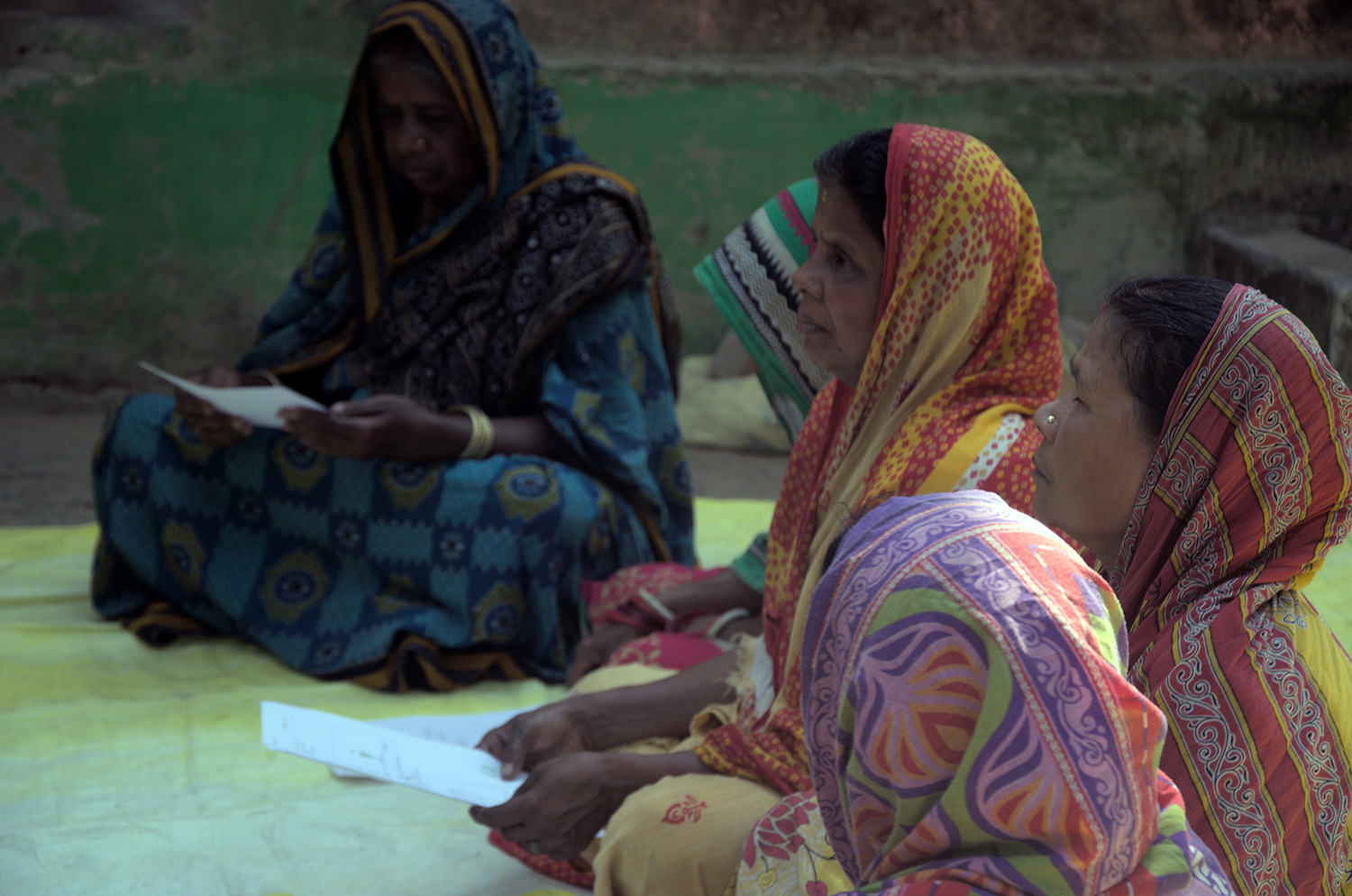Women have always played an essential role in agriculture, but their contributions have been overlooked or undervalued. According to the Food and Agriculture Organization of the United Nations, women comprise about 43% of the agricultural labor force in developing countries where they are engaged in crop production, animal husbandry, and food processing.

Through their activities, women generate income for their families, support the local economy, and significantly contribute to rural development. Despite their impact, women in agriculture face greater challenges than men. Typically, they have limited access to resources such as land, credit, and crop management information compared to their male counterparts. This prevents them from maximizing their potential.
Women's empowerment is crucial for achieving sustainable development goals and food security. Digital tools can enable women to participate more effectively in agriculture, enhance their productivity, and improve their livelihoods.
However, the reach of digital technology among women in agriculture, particularly in developing countries is still limited, and the gender gap in mobile phone ownership is even wider in rural areas where women normally lack access to basic infrastructure and services.
Despite these challenges, several initiatives are underway to promote the use of digital technology among women farmers to bridge the digital divide.
Rice Crop Manager: An online decision support tool for precise nutrient management
In collaboration with its national partners across Asia, the International Rice Research Institute (IRRI) incorporated the site-specific nutrient management-based algorithms into a web-based decision support tool called the Rice Crop Manager (RCM). RCM provides field-specific recommendations based on the 4R nutrient management principle, i.e., the right source, time, amount, and place, through a one-page printout and text messages to the farmer’s phone.
Launched in 2013 in the Philippines, farmers across the country have benefited from the recommendations provided for their specific fields. Different versions of the tool are also available to farmers in Indonesia, Bangladesh, and India (Odisha, Uttar Pradesh, and Bihar).
The web-based digital tool for precise nutrient management in rice crops can be a valuable resource for women farmers, helping them achieve higher yields, reduce costs, and improve their environmental and economic sustainability. Specifically, some potential benefits of the RCM include:
-
Increased yields: By optimizing fertilizer use, the tool can help farmers achieve higher yields (0.5-1.0 t/ha) and better quality rice.
-
Reduced costs: By providing information on the most cost-effective fertilizers and application methods, the tool can help farmers save money on inputs (USD 50-100/season/ha).
-
Reduced environmental impact: By optimizing fertilizer use, the tool can help reduce nutrient runoff and leaching that lead to surface and groundwater pollution. It also mitigates greenhouse gas emissions from rice production.
-
Improved sustainability: By providing data-driven recommendations for nutrient management, RCM can help farmers adopt more sustainable practices.
-
Gender-friendly: RCM is handy and can be easily understood by women farmers.

Pathways to bridge the digital divide
Training and capacity-building sessions on the use of digital tools can empower women in agriculture by providing them with access to information, financial services, market linkages, training and capacity building, networking opportunities, and gender-sensitive designs.
Digital tools can also help women farmers save time and labor, adapt to climate change, participate in decision-making, access extension services, improve food security, and create new entrepreneurship opportunities.
This initiative can help to level the playing field by providing them with greater access to information and resource management. Ultimately, knowledge in the above areas helps women to manage their fields independently and efficiently.
Pathways to bridge the digital divide include the following ways to reach women farmers:
-
Women-led Information Network
This platform is designed to connect women farmers and agricultural experts who will provide them access to information on sustainable agriculture practices, market opportunities, and financial management. The platform uses digital tools such as mobile apps, SMS messaging, and social media to reach women farmers in remote and rural areas. -
Digital Agro-Innovation Hub
Another initiative is the Digital Agro-Innovation Hub, which is focused on promoting the use of digital technologies in agriculture. The hub offers training and mentorship programs for women farmers using mobile apps for farm management, accessing online marketplaces, and using drones for precision agriculture. The hub also provides women farmers access to digital tools such as weather apps, crop management software, and e-learning resources.
These technologies can only be socially, economically, and environmentally sustainable when these global concerns are resolved. However, extension agents and service providers can assist the women if they are experiencing difficulties accessing and using the tools.
Partnership for gender empowerment
Women are inclined towards digital tools and are flexible in adapting to change with substantial support. However, they have limited access to smartphones, tablets, and the Internet. Their low literacy rate, lack of skills in Information and Communication Technology (ICT), and other factors are a hindrance for women to use practically all ICT tools.
IRRI actively works on capacitating women on digital tools as well as their importance in uplifting their economy. IRRI, along with the multiple stakeholders, is envisioned to empower women in the domain of digital tools to improve the quality, profitability, and livelihood of women farmers.
The sustainability of digital agriculture tools depends on several factors, including the availability of reliable data, the ability of farmers to access and use these tools, and the willingness of women farmers to adopt new practices and technologies. With the proper support and investment, however, digital tools have the potential to revolutionize agriculture and create a more sustainable future for all.
Ajay Kumar Mishra
Senior Associate Scientist - Soil Science
Sheetal Sharma
Senior Scientist - Soil Science and Research Lead - Digital Tools
Pidikiti Pavithra
Research Intern
Manas Ranjan Sahoo
Research Technician

